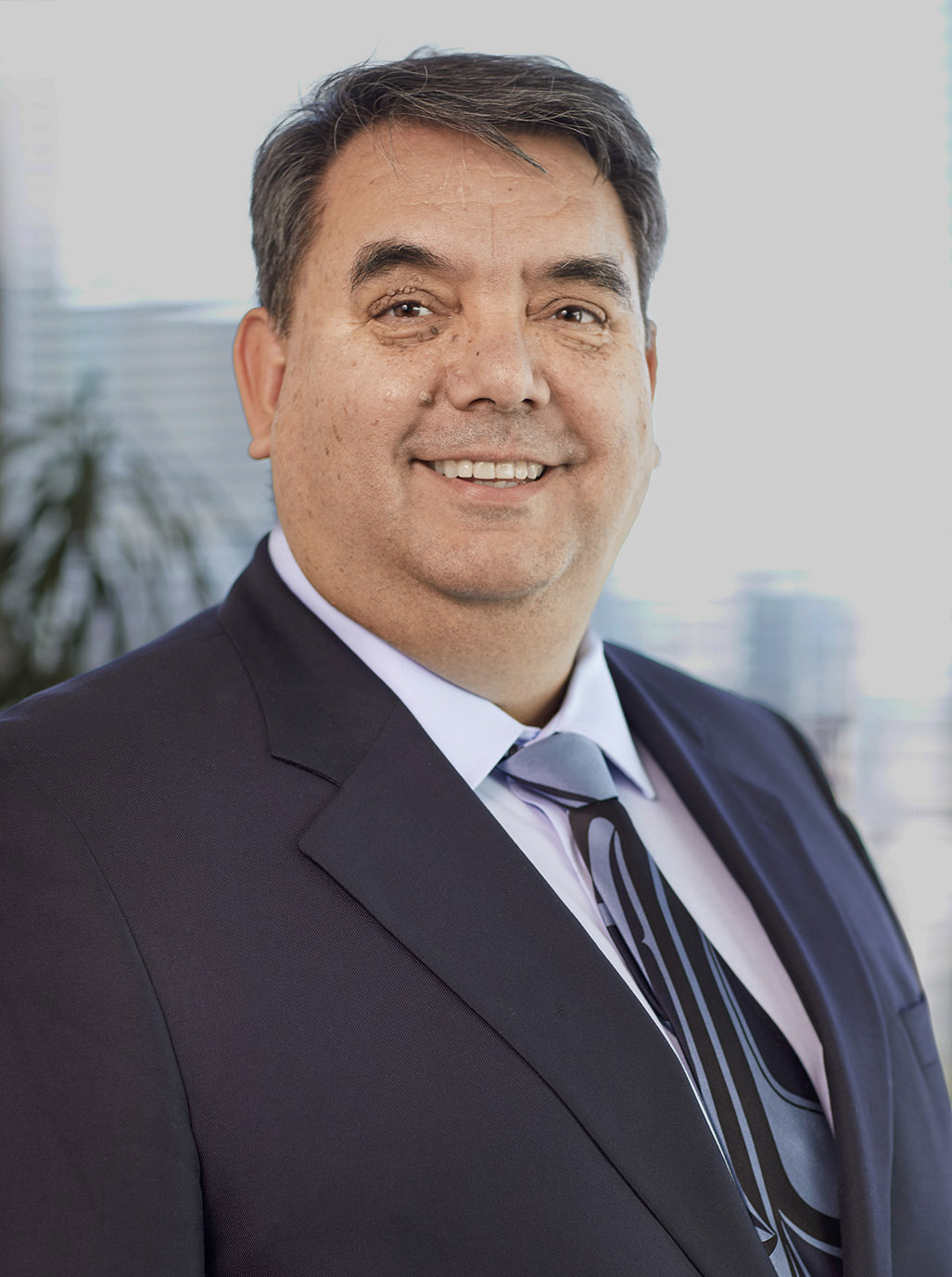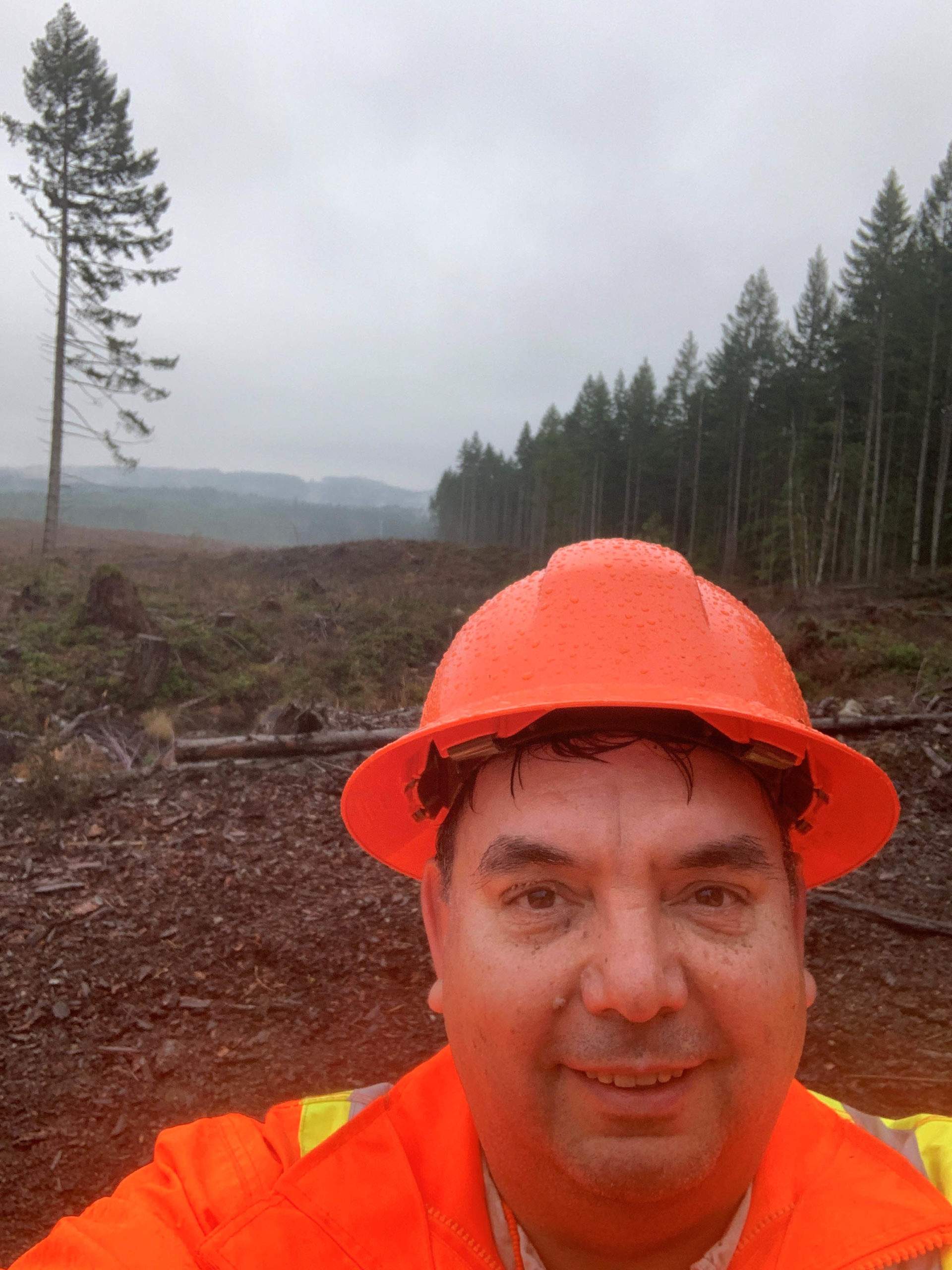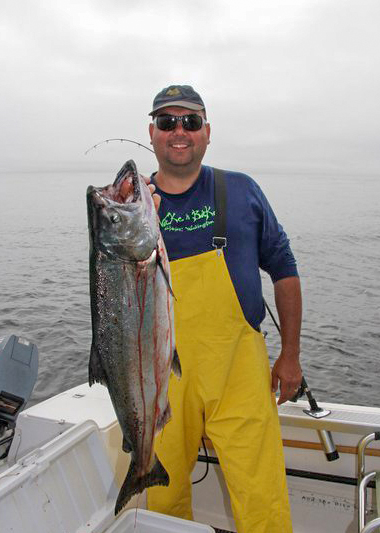The Tree Frog News sat down with Keith Atkinson, the new BC Forest Practices Board Chair.

Keith Atkinson
Congratulations on your appointment as BC Forest Practices Board (FPB) Chair. It’s been a few weeks since you started in your new role, what are your first impressions?
Thanks for that. I’m really excited to be here. One of my first impressions relates to how strong the team is at the Forest Practices Board. It’s a group of professionals doing important work at a very high level, which gives me confidence. Second, the team is located all around the province with many working from home. As such, they don’t just parachute in for an audit – they’re actually in or near the forest communities and know what’s going on. Finally, given how complex forestry is, it is impressive to see how the FPB interacts with the public and how it employs different tools to do its work. For me, it’s been a nice introduction to the start of a new job.
For those who don’t know you, what is your background and some of your career highlights? What most influenced your interest in the forest sector?
I was definitely influenced by my family and growing up on the West Coast of Vancouver Island in small forest industry towns, almost logging camp living. My father founded Coast Forest Management which he ran for 25 years, and on my summer holidays I was on the engineering and planning team. I think I was only nine years old when I got my first caulk boots! This eventually led me to the Faculty of Forestry at UBC and a career in forest management consulting. As the Nisga’a Nation finalized its treaty, I was fortunate to become their forestry manager, helping them implement their forest legislation, and being part of developing a National forestry culture including their business model.
After my time with the Nisga’a Nation, I did some consulting prior to starting with the First Nations Forestry Council, an organization created by First Nations leaders to address the Mountain Pine Beetle infestation. It was an incredible job, learning about forestry, treaties for First Nations and First Nations’ forestry issues. The work evolved to focus on the challenges of balancing economic development with conservation and community values — something we weren’t doing well for a great many years. We had good funding back then, a 10-year Federal agreement of which our share was $20 million per year. At the same time, it was a huge challenge being a start-up organization trying to represent First Nations’ diverse interests and perspectives.
The Forestry Council was a tremendous experience but after 11 years I was approached by my Nation — the Snuneymuxw First Nation — they had signed a reconciliation agreement which included some private forest land and they asked me to come home as a Forestry Manager. Working for my Nation in our territory had always been a dream of mine. When I went to university the Snuneymuxw sponsored me and over the years I tried to give back when I could.
The Forest Practices Board’s role in protecting the public interest has evolved over time. In part, this is due to the changing ways in which our forests are managed but also because of the increasingly diverse range of benefits and benefactors with interest in the land. How would you describe the BC Forest Practices Board’s role as a watchdog entity?
I was actually hesitant to do interviews before I formed my thoughts on questions like this – but it’s already clear to me that the role of a public watchdog is as relevant today as it was when the board was created in 1995. BC’s forests are owned by the public and when complaints or concerns are raised, it’s important to have a credible, professional oversight body in place. And with today’s social media and related technology, I’m not surprised society is aware and speaking out more. I’m a pretty big fan of this, actually. I believe it’s fair for the public to ask questions and for the FPB to do the work necessary to answer them.
I’ve thought about the components of the Forest Practices Board itself, the audits, the complaint process, the investigation and the eventual resolution. Collectively, those are very powerful tools. Also significant is the fact that the FPB looks at what the Forest Appeals Board is doing related to government decisions and can get involved on behalf of the public. Finally, the FPB’s special reports on topical issues or areas of concern arising from our work builds trust and empowers our leaders to make informed decisions. All-in-all, a powerful structure for supporting the public’s interest in publicly managed forests.
What do you see as the key challenge facing the Forest Practices Board? What would you hope to bring, or how would you like to see the organization evolve over the next five years?
For me, it’s about engaging the public. I was pleased to learn that this is already a priority for the FPB team, but I think it will always be an issue. The FPB is an independent tribunal, but it’s also a government institution. Yes we have an important relationship with the Ministry of Forests but we’re also auditing their forest operations.
We need the public to see us as a tool for them to utilize. And to achieve this, we need to meet with them regularly, understand what their priorities and concerns are, and if appropriate, determine what we can do to help address them. At the same time, we also need to think about our relationship with the licensees and people that are employed and working in these communities, because they’re also part of our public. Notwithstanding the diversity of views, we’re all working together to ensure the best forest practices possible.
 You have a long career in professional forestry and working in First Nations leadership roles. How will this help you in this position?
You have a long career in professional forestry and working in First Nations leadership roles. How will this help you in this position?
It excites me to see the rights of Indigenous people being recognized by the government and the passing of the Declaration of Rights of Indigenous Peoples Act. I’ve been fortunate in my work with the Nisga’a and the Forestry Council, to have had the opportunity to work on related issues and efforts. Unfortunately, they often start with aggravation because each First Nation is its own entity—its own sovereign government—and respecting that and doing work within a provincial framework can be difficult.
In my experience, you have to resolve the negative before you can get to the positive, using bridge-building tools and sound implementation plans. I’m hoping my experiences and my relationships with First Nations will assist in this regard. I recall when I started with the Nisga’a Nation, the Forest Practices Board was there every year, overseeing and helping us through the transition period. It was a learning experience for me and a positive for the community.
As the new Chair of the FPB, what is your message to the BC forest sector?
What I really want the message to be is about investing in forestry transition, whether that’s a personal investment or a financial one. And by that I mean how we’re addressing and transitioning through issues such as the mountain pine beetle epidemic or more recent challenges such as ensuring forest resilience in the face of climate change and wildfire risks. But also the changes required as society’s values change, whether that means more information and education or going in a different direction.
How do we invest in these changes and how do we collaborate? Although not the FPB’s role per se, I’m sure we can contribute to understanding what the issues are, doing the work that determines if we’re on track and recommending ways to move forward.
What are some of the major transitions needing to be addressed?
Two transitions come to mind. In light of the Declaration of Rights of Indigenous Peoples Act, how do we incorporate First Nations values and interests in forestry and prepare for more land use and ownership change. The second change area—post-mountain pine beetle infestation—is how do we best plan and manage our forests back to our long-run sustained yield. This includes addressing the human element as communities are affected, if and when a mill reduces shifts or closes down, or if forest practices change the dynamic of what happens in forest companies.
Finally, what keeps you up at night? What gets you up in the morning? What’s your passion?
The issues that keep me up at night relate to community resilience. I’ve always benefited from being in the forest sector. It creates a great standard of living but not everybody has that opportunity or benefits from the sector’s success. This clearly applies to First Nations but also many other communities. And it really comes to light when you see the mental health and homelessness challenges our communities are facing.
Getting up in the morning is easy and exciting for me. A new job involving new people who do important work to find solutions. I’m excited to represent the team and the Forest Practices Board with the BC public, First Nations communities and the many forestry stakeholders.
 On the passion front, my wife and I bought a boat last year and I was able to get out and explore the islands and water in my territory — the Snuneymuxw First Nation territory — which is pretty cool. I know some of my late grandpa’s favourite fishing holes and now I’m floating over them saying “okay, I’m going to see what he knew and find out if I’m any good at fishing”.
On the passion front, my wife and I bought a boat last year and I was able to get out and explore the islands and water in my territory — the Snuneymuxw First Nation territory — which is pretty cool. I know some of my late grandpa’s favourite fishing holes and now I’m floating over them saying “okay, I’m going to see what he knew and find out if I’m any good at fishing”.